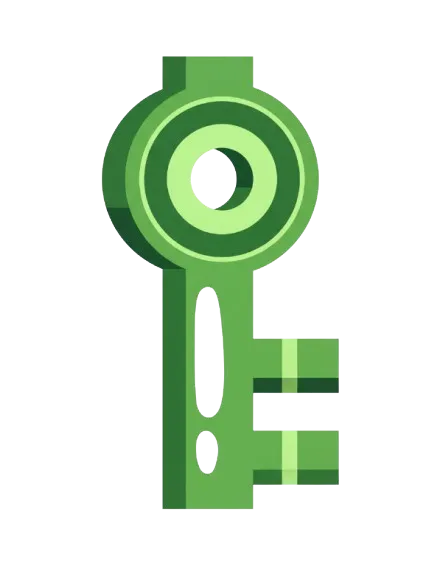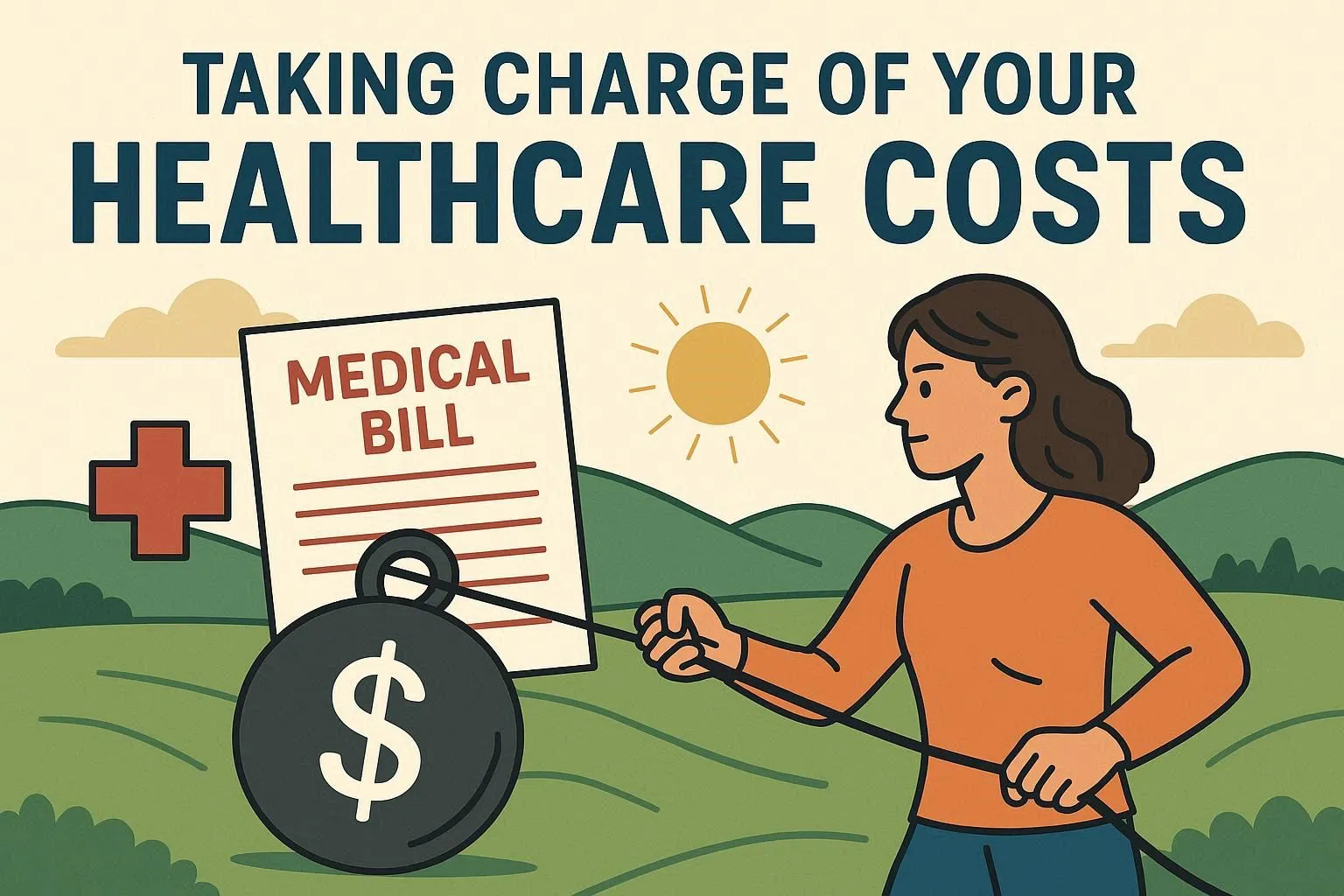Umbrellas, Payouts, and Weird Birthday Cakes: A Not-So-Boring Guide to Singapore’s Healthcare Financing System
Let’s admit it: Most people hear ‘healthcare financing’ and immediately think, ‘Boring.’ But stick with me—my first time seeing my Medisave account felt like discovering a surprise bank deposit and a shot of adulthood all at once (there’s even a special birthday account when you turn 55!). This isn’t just about forms and funds—Singapore’s approach to managing healthcare costs through layered protections and surprise perks is weirdly personal and sometimes almost fun… if you squint. Here’s why understanding it matters more than you think.
Layered Like Lasagna: The 4 Tiers of Singapore Healthcare Financing
Imagine Singapore’s healthcare financing system as a giant, sturdy umbrella—one that’s layered like a lasagna, shielding you from the storm of medical bills (though, sadly, not from the actual rain). This umbrella isn’t just for show; it’s made up of four distinct tiers, each designed to catch you at a different stage of your healthcare journey. Whether you’re facing a routine check-up or a surprise hospital stay, these healthcare financing tiers work together to make sure you’re never left out in the cold.
“You can actually imagine our healthcare financing landscape as an umbrella… subsidies, insurance, our savings Medisave, and safety nets for the needy.” – Matthew Neil, Ministry of Health
Tier 1: Healthcare Subsidies Singapore – The First Line of Defense
The moment you step into a public hospital or polyclinic, the first layer you hit is government healthcare subsidies. These aren’t just token discounts—they can knock up to 80% off your bill if you’re in a C-class ward. The amount you get depends on your citizenship, income, and the type of ward you choose. Lower-income Singaporeans and those in subsidized wards get the most help. If you’re a permanent resident, you get a smaller slice of the subsidy pie. Non-residents? Sorry, no umbrella for you.
- Subsidies up to 80%: Especially for C-class wards in public hospitals
- Means-tested: More help for lower-income groups
- Citizenship-based: Only Singaporeans and PRs qualify
Tier 2: Medisave – Your Medical Savings Account
Next up is Medisave, Singapore’s unique medical savings account. Every month, about 8–10.5% of your salary is automatically tucked away into your Medisave account (part of your CPF). This isn’t just for you—it can also be used for your immediate family’s medical needs. Medisave grows at a steady 4% interest per year, and you can use it to pay for hospital stays, surgeries, certain outpatient treatments, and even insurance premiums. But there’s a cap: the Basic Healthcare Sum (BHS) is set at $75,500 in 2024 and is fixed once you turn 65.
- Compulsory savings: 8–10.5% of salary
- 4% interest: Guaranteed annual growth
- BHS cap: $75,500 (2024), fixed at age 65
Tier 3: MediShield Life – Insurance for the Big Stuff
Layer three is MediShield Life, the mandatory basic health insurance that covers you for life. Think of it as your safety net for big hospital bills and costly outpatient treatments (like dialysis or cancer drugs). The annual claim limit was recently bumped up to $200,000, so you’re protected even if things get expensive. You can also buy private Integrated Shield Plans if you want extra coverage, but MediShield Life is the foundation everyone has.
- Mandatory for all Singaporeans and PRs
- Covers large bills and major outpatient costs
- Annual claim limit: $200,000 (2024)
- Lifetime coverage
Tier 4: Safety Nets – Medifund and ElderFund
Finally, if you’ve exhausted subsidies, Medisave, and insurance, the last layer is the safety net: Medifund and ElderFund. These funds are designed for those who truly can’t pay their remaining bills, even after all the other layers have chipped in. With Singapore’s population aging fast (one in four will be over 65 by 2030), these safety nets are more important than ever. No one is left behind—if you need help, these funds are there to catch you.
- Medifund: For Singaporeans with financial difficulties after other support
- ElderFund: Monthly cash payouts for severely disabled seniors
- Means-tested: Based on need, not age or illness alone
Quick Reference Table: Singapore Healthcare Financing Tiers
| Tier | What It Covers | Key Data (2024) |
|---|---|---|
| Subsidies | Public hospital bills, outpatient care | Up to 80% (C-class ward) |
| Medisave | Medical savings for self/family | 8–10.5% of salary; BHS $75,500; 4% interest |
| MediShield Life | Large bills, major outpatient costs | $200,000 annual claim limit; lifetime coverage |
| Medifund/ElderFund | Safety net for those in need | Means-tested; monthly payouts (ElderFund) |
So, the next time you think about Singapore’s healthcare financing system, picture that trusty umbrella—layered, sturdy, and ready to catch you, no matter what life throws your way.

It’s Not All Risk Pools and Fine Print: What You Actually Pay (And Why)
Let’s face it: healthcare bills can look like a jumble of numbers, codes, and mysterious abbreviations. But Singapore’s MediShield Life insurance system is designed to make sure you’re not left scratching your head—or emptying your wallet—when you need care. Here’s what you actually pay, why you pay it, and how the system helps you manage healthcare costs without losing sleep (or coverage).
MediShield Life: Lifelong, Universal, and Actually Useful
MediShield Life isn’t just another policy you forget about until you need it. It’s universal and lifelong, covering all Singaporeans and PRs for big hospital bills and selected outpatient treatments. And it keeps getting better: recent MediShield Life updates have raised the annual claim limit to $200,000 per policy year (up from $150,000), and increased the daily hospital claim for the first two days to $1,630. Even new, high-cost therapies—like gene and cell treatments—are now included if they’re proven to work. So, you’re not just covered for yesterday’s medicine, but for tomorrow’s breakthroughs too.
Breaking Down Your Bill: A, B, C, and D
Your hospital bill under MediShield Life splits into four main parts. Here’s how it works:
A: Claim Limits
This is the maximum amount MediShield Life will pay for your treatments each year—currently $200,000. These limits depend on your treatment type, ward class, and length of stay. The cap helps keep premiums affordable for everyone, while still providing solid protection.
B: Deductible
Think of this as your annual “entry fee” before insurance kicks in. You pay a fixed amount (between $1,500 and $4,500 per year, depending on your age and ward class) out of pocket. Once you’ve paid this in a policy year, you don’t pay it again until the next year. There’s also a new $500 outpatient deductible per year, covering things like day surgeries and certain treatments.
C: Coinsurance
After the deductible, you pay a percentage of the remaining bill—usually 3% to 10% of the claimable amount. This keeps everyone mindful of costs and prevents overuse of healthcare services.
D: MediShield Life Payout
After deductibles and coinsurance, MediShield Life pays the rest—up to the claim limits. This is the “heavy lifting” that protects you from catastrophic bills.
How You Actually Pay: Medisave, Premiums, and Support
Paying for MediShield Life is designed to be as painless as possible. Your premiums are fully payable by Medisave, Singapore’s national medical savings scheme. As you age, premiums do rise—because, let’s be honest, we all need more care as we get older. But here’s where healthcare cost management gets smart:
- Subsidies: Lower- and middle-income Singaporeans, as well as Pioneer and Merdeka Generation seniors, get premium subsidies.
- Premium Support: If you still can’t pay after subsidies, there’s extra help—so no one loses MediShield Life coverage for being unable to pay.
- Family Support:
‘Premiums are also fully payable by Medisave. And you can help your loved ones pay if they’re unable to.’
- Activity Discounts: Stay active and you’ll earn premium discounts—for example, 150 health points = $2 off your premium. It’s a little nudge to keep moving!
Integrated Shield Plans: Extra Coverage, Extra Choices
Want to stay in a private hospital or a higher-class ward? That’s where Integrated Shield Plans (IPs) come in. These are optional add-ons from private insurers, layered on top of your MediShield Life plan. They cover more, but cost more too—IP premiums vary by age and coverage level. And here’s a heads-up: IPs can exclude certain pre-existing conditions (like diabetes), so always answer health questions honestly when applying.
What’s New? Recent MediShield Life Updates
- Annual claim limit increased to $200,000
- First two days of hospital stay: claim limit raised to $1,630/day
- Outpatient deductible introduced: $500/year
- Coverage expanded to include home-based care and new therapies
- Premiums adjusted, but with more support and discounts to keep coverage affordable
With all these moving parts, Singapore’s healthcare financing system aims to keep you protected, supported, and in control—without drowning in fine print.

Medisave, Birthdays, and Safety Nets: The Quirky Side of Health Savings
Let’s face it—most people think of health savings as a dry, complicated topic. But in Singapore, the Medisave scheme and the wider CPF system have their own quirky charm, especially when you look at how they shape your life at every milestone. Whether you’re just starting your career or blowing out the candles on your 55th birthday cake, your CPF MediSave account is quietly working in the background, helping you save for health expenses and more.
Every month, a chunk of your salary—between 8% and 10.5%—is set aside in your medical savings account. This isn’t just forced savings; it’s money that earns a steady 4% interest per year, growing quietly while you go about your life. The Medisave scheme is designed to help you pay for hospital bills, day surgeries, and even certain outpatient treatments for yourself and your family. Think of it as a health piggy bank, but with a very smart lid.
That lid is called the Basic Healthcare Sum (BHS), which is set at $75,500 in 2024. Once your Medisave hits this cap, any extra savings don’t just sit idle—they overflow into your Special Account or, after you turn 55, your Retirement Account. It’s like your piggy bank is so full that it starts filling up your other savings jars automatically. The BHS is fixed for you once you turn 65, so you don’t have to worry about it creeping up as you get older.
Now, here’s where things get interesting—and a little bit festive. When you turn 55, CPF throws you a financial birthday party. You’ll get a brand new Retirement Account, and your Special Account will close, with all its funds (up to the Full Retirement Sum) moving into this new account. Any extra money above this sum goes into your Ordinary Account, which you can withdraw flexibly for emergencies or other needs. It’s a quirky system, but it’s designed to give you more stability as you approach your golden years. And yes, CPF will even send you a birthday greeting to mark the occasion!
But what about those who find themselves in tough spots, where even their Medisave and other CPF savings aren’t enough? This is where Singapore’s healthcare safety nets come in. Medifund and ElderFund are last-resort funds for those who have exhausted all other means of payment. If you or your loved ones can’t afford your medical bills, social workers step in to help you apply for these funds. It’s a reminder that, in Singapore, you’re never left to face medical bills alone. The system is designed to catch you, even if you slip through all the other layers.
As Singapore’s population ages—by 2030, one in four Singaporeans will be over 65—these safety nets and the CPF retirement income schemes become even more important. They’re not just bureaucratic features; they’re a promise that you’ll have support, whether you’re dealing with a sudden illness or simply enjoying your retirement years. As one CPF Life quote puts it:
‘CPF Life ensures that everyone has a peace of mind so that we get payouts regardless of how long we live.’
So, the next time you check your CPF balances, remember: you’re not just looking at numbers. You’re seeing a system that’s been carefully designed to help you own a home, pay for healthcare, and enjoy a secure retirement. From the Medisave cap that keeps your savings efficient, to the quirky birthday transition at 55, and the safety nets that catch you when times are tough, Singapore’s healthcare financing system is anything but boring. It’s a blend of practicality, foresight, and a touch of celebration—making sure that, rain or shine, you’re covered under the umbrella of Singapore’s healthcare safety nets.
TL;DR: Singapore’s healthcare financing system runs on layered protections—subsidies, savings, insurance, and safety nets—to help keep medical bills manageable, especially as life and health inevitably throw us curveballs.







